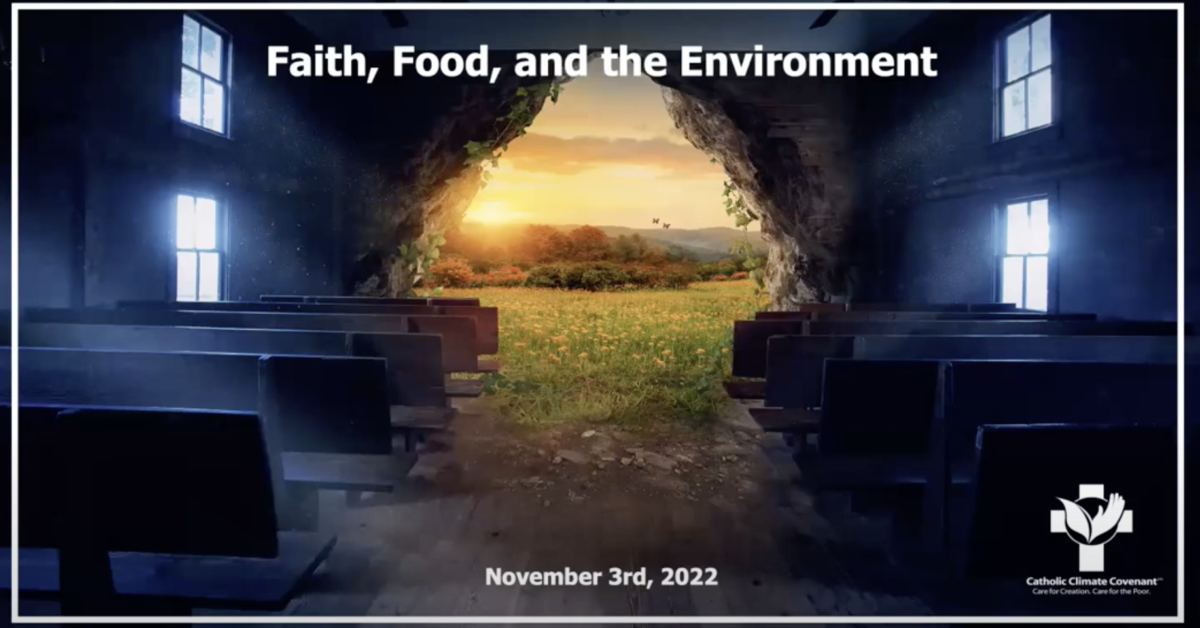[Editor’s note: This is Part II of a two-part posting on conservation programs.]
When it comes to federal support for conservation activities, family farmers have a lot at stake in the 2018 Farm Bill.
As mentioned in Part I of this posting on Conservation programs, the Farm Bill supports a wide range of farm, ranch, and forest operations around the country. So naturally, such programs are popular among farmers and ranchers who otherwise may not have the financial resources to sustainably manage their farmland and waterways. Landowners also strive to maintain biological diversity for the wildlife that enhances the beauty of rural life.
Properly administered conservation programs provide farmers and ranchers with the tools they need to build healthy soil, improve shared water resources, improve wildlife habitat, and increase the resilience and productivity of their operations.
The widely used and popular federal programs include the Conservation Reserve Program (CRP), Environmental Quality Incentives Program (EQIP), and Conservation Stewardship Program (CSP).
What are the main features of these programs?
1. Conservation Reserve Program (CRP) is a popular program that’s been around in one form or another since the 1950s. It was firmly established in the 1985 farm bill.
In exchange for a yearly rental payment, farmers enrolled in CRP agree to take environmentally sensitive land out of agricultural production and plant species that will improve environmental health and quality. In effect, this means reduced soil erosion and improved water quality, as well as some wildlife benefits. Contracts for land enrolled in CRP are 10-15 years in length.
2. Environmental Quality Incentives Program (EQIP) was created by the 1996 Farm Bill to provide cost-sharing assistance, but also technical and educational assistance, aimed at promoting production and environmental quality. Subsequent farm bills have reauthorized this well-received program.
EQIP participants implement structural practices – like improving irrigation efficiency, restoring pasture, or nutrient and pest management – on eligible agricultural land and nonindustrial private forestland. In return, USDA’s Natural Resources Conservation Service provides financial cost-share assistance and technical assistance.
3. Conservation Stewardship Program (CSP) was established in the 2002 farm bill. It is unique among farm bill programs because it helps farmers and ranchers target and solve priority resource concerns on whole working lands, using comprehensive whole farm conservation systems. Currently, over 72 million acres are enrolled in CSP.
In addition to being the largest conservation program by acreage, CSP is also the only program focused on solving priority environmental concerns through continual improvement, using specific stewardship metrics as a guide.
How can supporters advance these conservation programs?
The 2018 Farm Bill – due to be completed this coming September – presents a great opportunity to further invest in and advance agricultural conservation programs. Already members of the House and Senate Agriculture Committees have introduced two key pieces of legislation: Give our Resources the Opportunity to Work (GROW) Act in the Senate (S. 2557), and the Strengthening Our Investment in Land Stewardship (SOIL Stewardship) Act in the House (H.R. 5188).
The SOIL Stewardship Act, for instance, will streamline and strengthen the farm bill’s two major working lands conservation programs: CSP and EQIP (as described above). This “marker” or introductory bill adds a new emphasis on soil health, and also elevates provisions for water quality, water conservation, and wildlife habitat.
Sustainable agriculture groups, including NSAC as a whole, are endorsing these two bills and urging all members of Congress to include these provisions in the Conservation Title of the next farm bill.
What about funding?
When the current farm bill was passed in 2014, legislators cut funding for on-farm conservation by $4 billion from previous levels. Conservation often takes hits like this when the overall budget for agriculture and food programs need to be reduced.
A hopeful sign is that the recently passed funding bill for this fiscal year included no cuts to mandatory spending for the farm bill’s largest working lands conservation programs (CSP and EQIP).
As advocates for these critical conservation programs, we urge appropriators to continue to leave farm bill program decisions to the House and Senate Agriculture Committees – and to provide full funding conservation programs in subsequent years under the new farm bill.
Read more about the conservation programs of the farm bill on the National Sustainable Agricultural Coalition’s (NSAC) blog.
—Robert Gronski is a Consultant for Catholic Rural Life. He tracks policy perspectives on food, farm, environmental, and rural community issues and helps frame these within the perspective of Catholic Social Teaching.
















